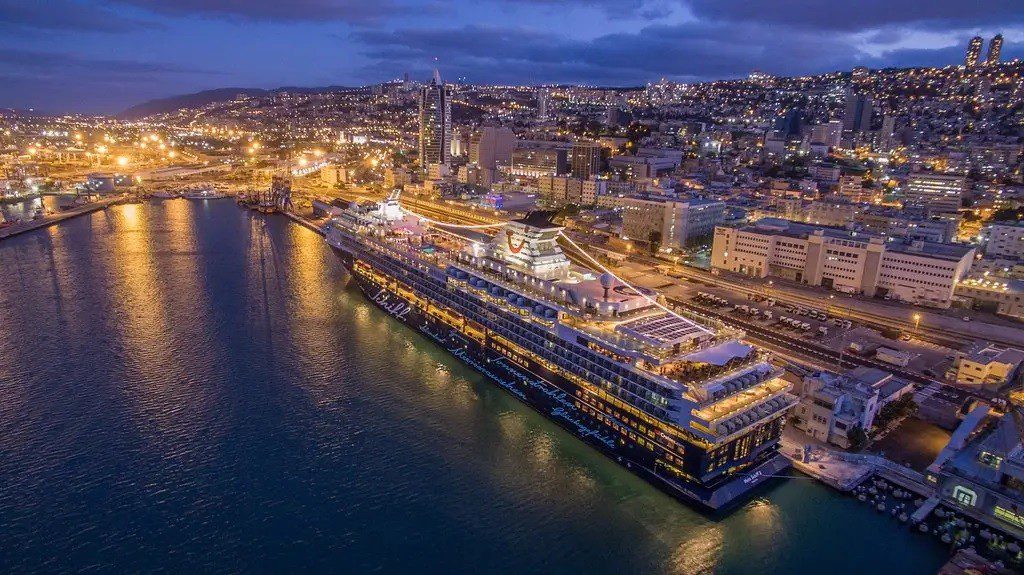The 11 busiest maritime chokepoints were becoming more
and more vulnerable to risk of closure as a result of geo-politics, piracy,
vessel accidents and other causes, according to a recently published study by a
Duke University researcher.
Such events could have far-reaching impacts on
international trade, commercial shipping and the global economy, the research
claimed.
Duke University’s Lincoln F. Pratson had his research
published in the journal Communications in Transportation Research. It
showed that a lack of preparedness for choke point shutdown was certain to
result in ripple effects that would echo throughout the world’s transport
networks.
Patson used AIS and trade data from 2019 to simulate closure
scenarios in the Panama Canal, the Strait of Gibraltar, the English Channel,
the Danish Straits, the Bosphorus, the Suez Canal, the Strait of Bab el Mandeb,
the Strait of Hormuz, the Strait of Malacca and the South China Sea.
He estimated the types and amounts of trade that would be
disrupted by a closure at each point,
and to what extent any closure would result in a redirection of global trade
flows. The research concluded that, when international trade through one of the
11 chokepoints was blocked or severely hampered, transiting ship traffic became
backed up, with subsequent shipping redirected along longer routes to avoid the
blockage – as happened when the Ever Given blocked the Suez Canal for a week in
early 2021.
Subsequent knock-on effects would see ports that would
initially experience a lack of cargo-handling because of the closure later
become backlogged when the delayed cargoes eventually turned up. As a result,
the research found, the economic impacts of the blockage could continue for months.
The greater the reliance on just-in-time supply chains, the greater the impact.
Pratson, the Gendell Family Professor of Energy and
Environment at Duke’s Nicholas School of the Environment, said that “having a
pretty good idea of what to expect if there’s a prolonged closure of shipping
in one of these 11 chokepoints would help governments, businesses and seaport
managers develop strategies for reducing potential shipping and port delays or
losses,” said
The chokepoints whose closure or partial blockage would
have the biggest knock-on effects were the Malacca Strait and South China Sea.
The value of trade through the latter equalled about 5%of global GDP in 2019.
There was increasing fear that geopolitics could be a
greater threat to smooth trade flows than an accident. There was growing
apprehension over the potential for conflict in East Asia, which was one reason
to analyze the impact of a closure in the South China Sea, which is not a
chokepoint in the traditional physical sense. The impact to global trade from a
conflict in that area, where there are a number of disputes over control of
land and sea areas, could be significant, and any diversions would have a large
impact on the shipping industry.






